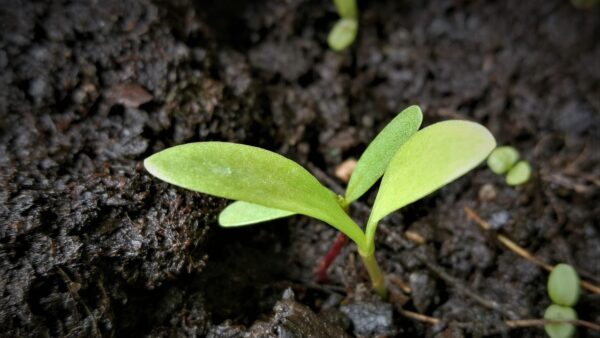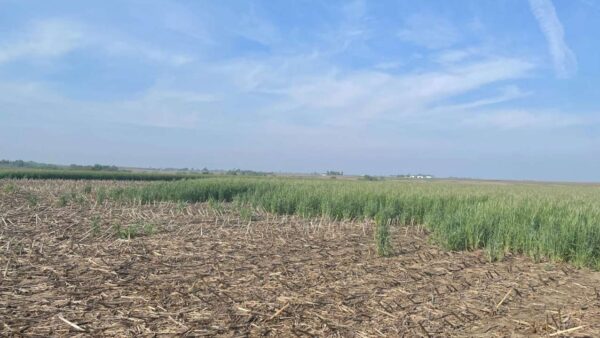Both importers and exporters of agricultural commodities depend on the predictability of the global trading system to be successful. In today’s system of global trade, there are cases where low levels of grain derived from genetically modified (GM) crops appear in shipments to markets where that crop is not yet approved, which leads to major trade disruptions.
As it stands, the default policy globally for low level presence (LLP) is zero tolerance. For importers this makes it difficult to secure a consistent supply of products and for exporters it makes for risky business.
Last year the Government of Canada released a LLP model policy as a way to stimulate dialogue around the world. According to this policy, the LLP of GM material is where the GM crop has been approved for food and feed use in at least one country’s regulatory system under internationally accepted standards, and sets out a threshold tolerance of three per cent, to minimize trade disruptions and enhance predictability for both importers and exporters.
As the number of GM crops grown and traded around the world continues to rise, and as detection technology advances to the point where materials can be detected in parts per billion, having zero tolerance policies is simply unworkable and unreasonable for products that have no health and safety risk. This move by the Government of Canada is a significant step forward in facilitating the global trade of agricultural products and ensuring that farmers and consumers around the world continue to benefit from crops improved through genetic modification.
This model policy will serve as a tool that the Government of Canada and all agricultural stakeholders can use to advocate for similar policies with key trading countries around the world. A globally aligned system to manage LLP would create stability and reduce the cost of trading agricultural commodities for the global value chain.
Every step we can take towards a more harmonized global regulatory system increases predictability, which in turn drives innovation and results in new tools for farmers and, ultimately, lowers the cost of food for consumers.












